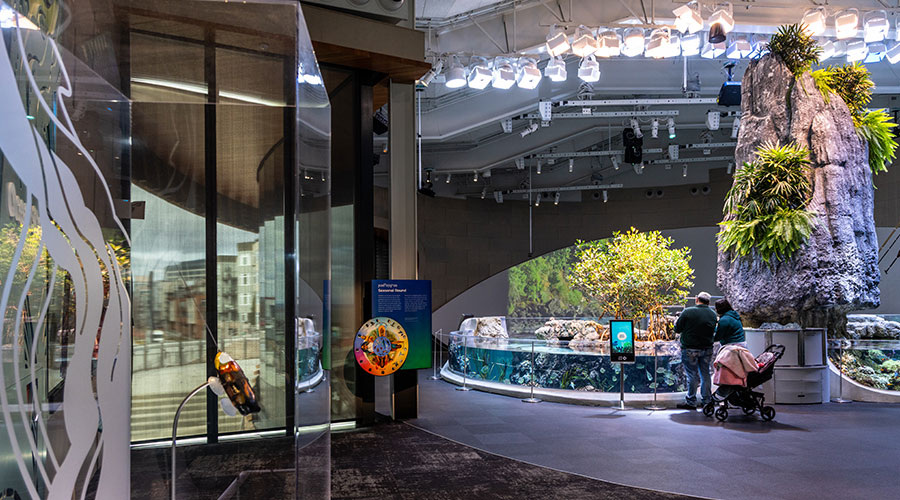White LED Lamps Are Biggest Recent Development in Lighting
The biggest development in the last decade of lighting has been white LED lamps. Another change with lighting implications has been in electric rates and structures.
Several thousand solid-state lighting (SSL) products using white LED lamps are now available to fit almost any socket. Pricing continues to drop, even as efficiency and quality continue to rise.
Unlike their CFL predecessors, screw-in LED units come to full brightness immediately, maintain light output for decades instead of years, are happy being cycled thousands of times, and love cold environments, all while cutting wattage by 20 to 40 percent (60 to 80 percent when compared to incandescents).
In many cases, power quality and color rendering are also better, mercury is no longer an issue, and fragility is a thing of the past. Color temperature and beam spread options exist to satisfy even lovers of incandescents. Infrared and ultraviolet emissions are so low that museums are switching to them. There are now very few sockets that do not provide an LED option.
The same attributes apply to most LED replacements for tubular fluorescents. Care is needed with regard to maintaining similar light distribution, color temperature, and glare control. Some retrofit kits or replacement lamps may compromise a fixture's UL listing, but many are available that do not do so. While most presently involve ballast disconnection and minor fixture re-wiring, some replacement LED tubes are designed to work with existing electronic ballasts.
Not only does SSL offer additional savings but — unlike all earlier options — it offers the ability to "tune" color temperature. Some LED systems are designed to change it across time to mimic daylight. While still being researched, anecdotal evidence is growing that such adjustments may yield greater alertness or manageability. Such capability may be worth much more than the drop in electric bills.
The fluorescent lighting industry has responded to the SSL challenge, offering T8 lamps that last more than 50,000 hours, with wattages (for a 4-foot lamp) as low as 25 (instead of the standard 32), emitting only slightly fewer lumens. Electronic ballasts with a wide range of ballast factors (BF) are available that offer higher or lower light output commensurate with their wattage. Some high-performance two-lamp units with standard BFs save about 5 watts. When combined with appropriate lamps, a room's light level may be altered by about 35 percent merely by changing lamps and ballasts. Doing so may, at low cost, adjust lighting to accommodate changes in tasks while keeping the same fixtures and layout.
Utilities Encourage Efficiency
As lighting requirements have changed, so have electric rates and structures. "Most people don't realize that utilities have multiple rate schedules and programs designed to encourage efficiency," says Warren. "If [utilities] have to build more capacity, they'd rather pay you an incentive to eliminate things that inefficiently use power. Your energy conservation saves them money."
In the last few years, many utilities and grid operators have begun to offer demand response (DR) programs that pay customers to drop load when wholesale power prices spike, or when there's a problem maintaining service. DR ballasts, run via powerline carrier controls, now allow facility managers to drop wattage and light output by about 30 percent, gradually enough to not tip off occupants, in return for potentially lucrative payments. The same units may also be used, at any time, to manage a facility's peak demand. In some areas, peak demand charges are now the lion's share of an electric bill.
Related Topics:














